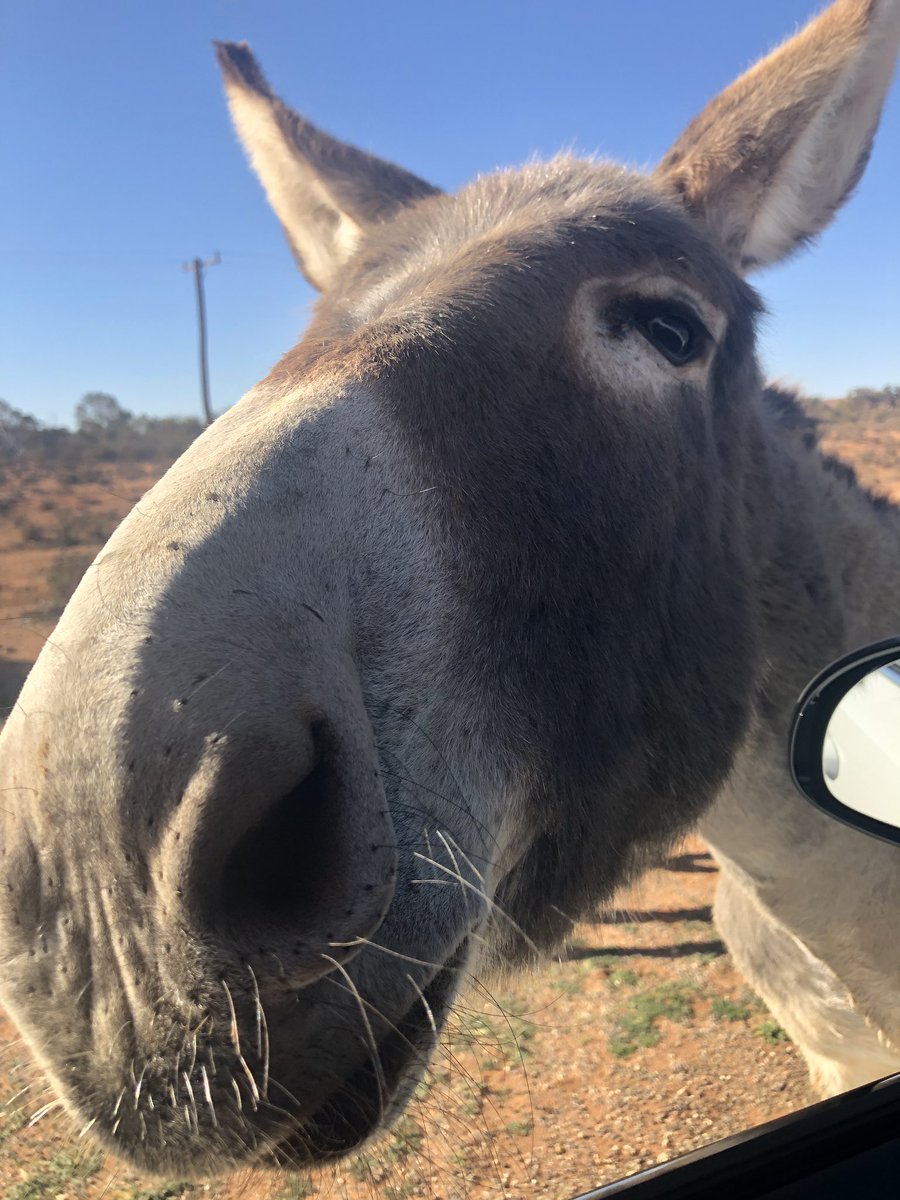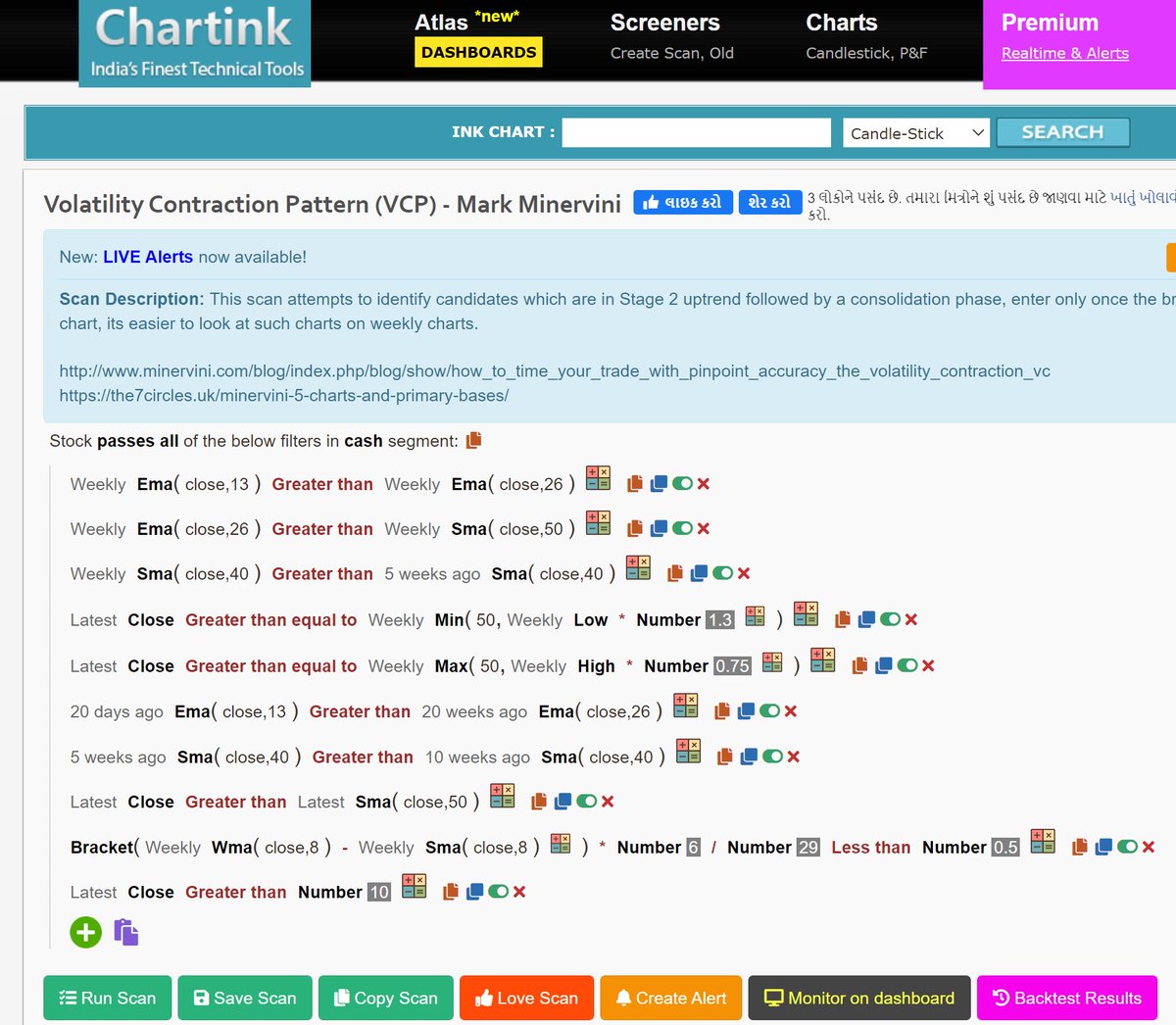4. Buying a PUT- You pay a premium price based on the STRIKE price you chose. With PUTS you get paid when the underlying stock price goes down
How to avoid blowing up your account trading OPTIONS
(A thread)
1. Becoming consistently profitable trading OPTIONS takes practice and discipline.
2. Trading Options is similar to trading stock, YOU are in control of your profits per movement (up or down) in the underlying.
4. Buying a PUT- You pay a premium price based on the STRIKE price you chose. With PUTS you get paid when the underlying stock price goes down
6. The goal is to buy a premium and resell it for a higher premium when the trade works
7. Like basic stock trading, you want to scale in and out of your position
10. Don’t let the premium price dictate which strike you chose.. the higher the premium, the less risk/ volatility that trade will see!
12. Delta is what your premium will pay per dollar movement in underlying.
Ex. Delta .5 pays 50c per dollar movement in underlying
So if original cost =50$ premium,
1$ move up in underlying pays .50 or 100% trade
14. To avoid that risk, just trade a further expiry on the same strike!
As the OTM becomes ITM, sell your original ITM and collect the difference in premium. Your old OTM is now your new ITM, and you can pickup a new OTM option if you still have conviction/want to add more
17. THETA comes into play here (price per day to hold the contracts) further expiry less theta
18. More detailed basics refer here https://t.co/zs18kSwUFc
What Are Stock Options,
— Dr. BullShark\U0001f988 (@DrBullShark) August 17, 2021
A How To Guide by @DrBullShark
1. The two main types of options are calls and puts.
->Calls give the right (but not the obligation) to buy 100 shares of a stock at a certain price (called strike) by a certain date(expiry)
https://t.co/1TF6l1oKfk
Don’t feel pressured to join, this is not an ad! Just a place to develop your OPTIONS TRADING SKILLS
More from Options
If you are new to F&O, you can start with Vertical Spreads (Debit and Credit spreads) instead of buying options in Stocks and Indices.
Here are some ways how you can do it, when you can do it and the right position sizing for doing it... 🧵 (1/25)
Traders who are trading in cash and want to explore options generally start with options buying without much knowledge. They buy OTM strikes and trade with wrong position sizing. With no idea about the perfect entry, they end up feeling that F&O is risky. (2/25)
After losses in F&O buying, this is how I approached it and it rewarded me pretty well in initial phase. I find this strategy easy to start things off. And then, you can explore other strategies too and find what works for you. (3/25)
Vertical spread is a directional, defined risk options trading strategy:
1. Bull call spread (Debit spread)
2. Bull put spread (Credit spread)
3. Bear call spread (Credit spread)
4. Bear put spread (Debit spread)
Read about these strategies in the below articles. (4/25)
https://t.co/KQvYOsu9kv
While going through these strategies, you must have thought you have to wait till expiry for profits/loss. (5/25)
Here are some ways how you can do it, when you can do it and the right position sizing for doing it... 🧵 (1/25)
Traders who are trading in cash and want to explore options generally start with options buying without much knowledge. They buy OTM strikes and trade with wrong position sizing. With no idea about the perfect entry, they end up feeling that F&O is risky. (2/25)
After losses in F&O buying, this is how I approached it and it rewarded me pretty well in initial phase. I find this strategy easy to start things off. And then, you can explore other strategies too and find what works for you. (3/25)
Vertical spread is a directional, defined risk options trading strategy:
1. Bull call spread (Debit spread)
2. Bull put spread (Credit spread)
3. Bear call spread (Credit spread)
4. Bear put spread (Debit spread)
Read about these strategies in the below articles. (4/25)
https://t.co/KQvYOsu9kv
While going through these strategies, you must have thought you have to wait till expiry for profits/loss. (5/25)



















